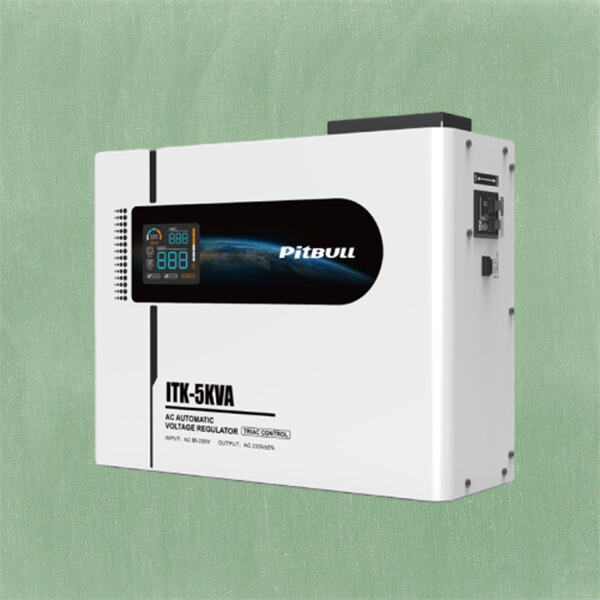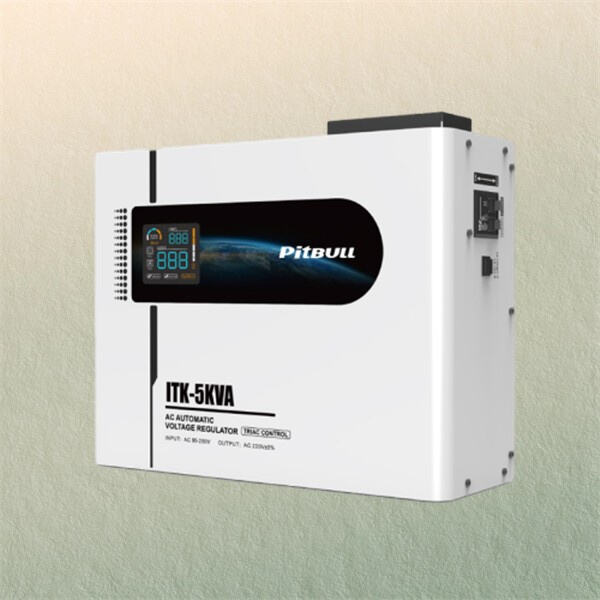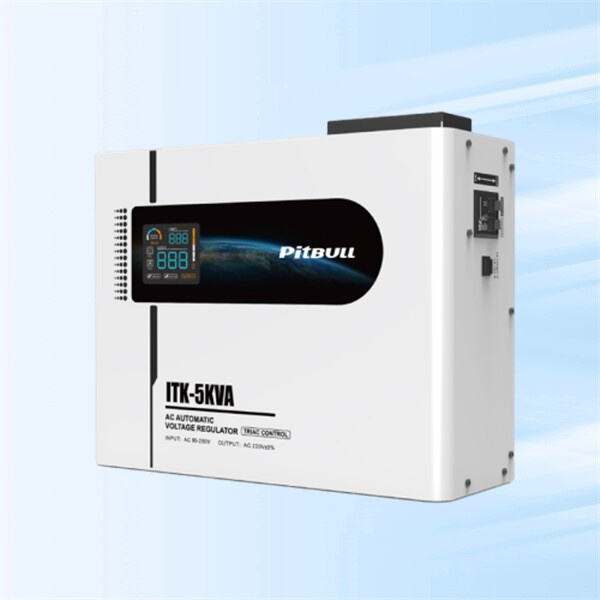Grasping the fundamentals of a 3-phase voltage regulator may seem like a hard nut to crack, but once you get that little bit of explanation, you are ready to go! A voltage regulator is a device that maintains the power supply at a constant level in a system that uses three independent electrical phases. This means, rather than just one flow of electricity, you have three running together to power the different components of your computer that need it.
In truth, the way a voltage regulator holds power steady in a 3 phase system is pretty interesting. The regulator is continually checking the voltage in all three phases and if necessary, it will adjust them to fall within a safe range. This acts to smooth out any sharp increases or decreases in power, that would otherwise cause damage to sensitive equipment or even cause power to fail all together.

So, what are the advantages of having a voltage regulator on your 3 phase system? One of the key benefits is that it helps to maintain stable power, avoiding potential expensive damage to equipment and make sure everything keeps going. A voltage regulator can also enhance the energy efficiency by allowing waste of less electricity in the conversion from AC to DC (when using a power supply).
Three-phase Servo Motor Type Voltage Regulator WTA Series
As far as the most used voltage regulators for 3-phase systems you have some different kind of regulators to pick from. One widely used type is the automatic voltage regulator (AVR) which can adjust the values of voltage quickly to keep a steady power supply. A second type is the static voltage regulator, using solid-state devices to perform the regulating action without any moving parts.

If you are shopping for a 3 phase voltage regulator, it can be hard to know which one to buy. To begin, you’ll want to make certain that you look at the power capacity of the regulator because you don’t want to burn it out with the load from your system. Next, consider the size and space it'll take up in the tank, you’ll want to make sure that the perfect model will fit within your existing setup. Last but not least, think about any other features or functions you think you might need: remote monitoring capabilities, automatic shut-down protocol, etc.